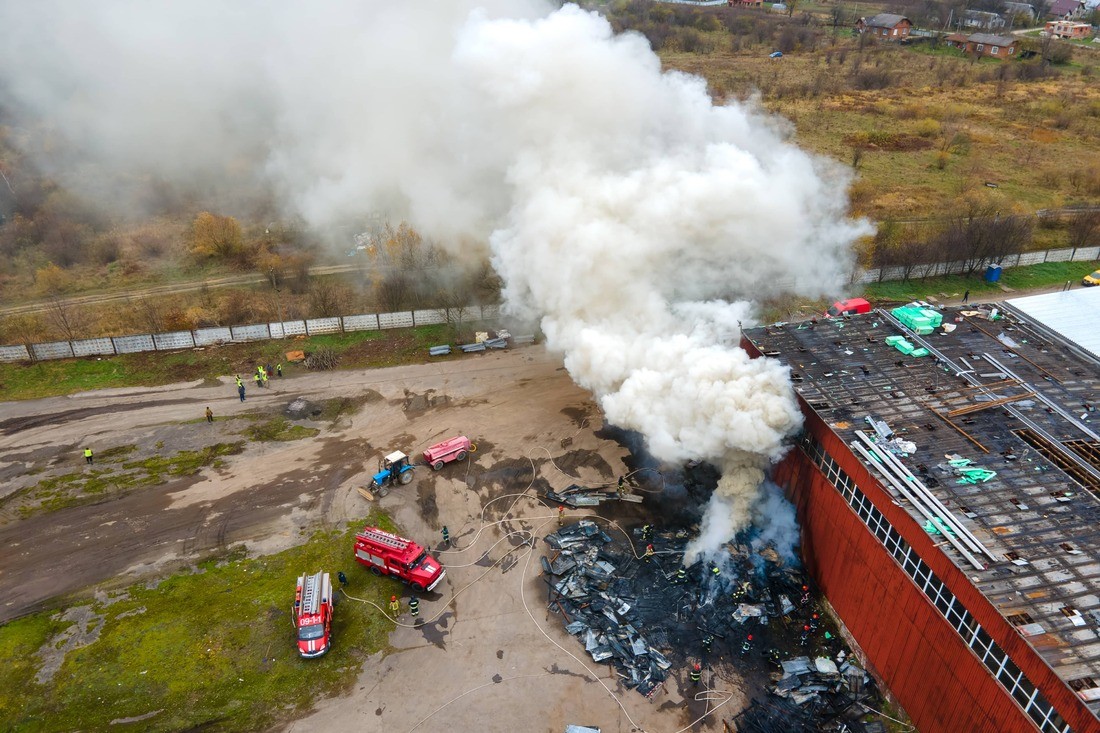
Fires can be devastating, leaving behind extensive damage and posing numerous risks to your property and health. Understanding the hidden dangers of fire damage is crucial for effectively recovering and restoring your property. In this article, we will explore the various dangers associated with fire damage and provide insights on how to mitigate them.
1. Structural Damage and Weakening
Fires can cause significant structural damage to your property. The intense heat can weaken the integrity of walls, floors, and ceilings, making them prone to collapse. It is essential to assess the structural stability before entering a fire-damaged building and seek professional assistance for the necessary repairs.
2. Smoke and Soot Residue
Smoke and soot are common byproducts of fires and can spread throughout your property, even in areas untouched by flames. These residues can penetrate porous surfaces, leaving behind strong odors and potential health hazards. Professional fire damage restoration experts have specialized techniques and equipment to effectively remove smoke and soot residues, ensuring complete cleaning and deodorization.

3. Water Damage from Firefighting Efforts
Firefighting efforts often involve the use of large amounts of water to extinguish flames. This water can saturate materials, causing water damage and promoting the growth of mold and mildew. Timely water damage restoration is essential to prevent further deterioration and the development of secondary issues.
4. Electrical Hazards
Fires can damage electrical systems, posing serious electrical hazards. Exposed wires, faulty circuits, and compromised outlets increase the risk of electrical shocks and fire re-ignition. It is crucial to have a professional electrician assess and repair the electrical components of your property after a fire.
5. Health Risks from Airborne Contaminants
Fire releases toxic gases and particles into the air, which can be harmful when inhaled. These airborne contaminants include carbon monoxide, volatile organic compounds (VOCs), and fine particulate matter. Proper ventilation and air quality testing are necessary to address these health risks and ensure the safety of occupants.
6. Emotional and Psychological Impact
Experiencing a fire can be traumatic and emotionally overwhelming. The loss of personal belongings, sentimental items, and the disruption of daily life can have a long-lasting impact on individuals and families. Seeking support from professionals, such as counselors or support groups, can help in navigating the emotional recovery process.
7. Environmental and Sustainability Concerns
Fires produce significant amounts of greenhouse gases and contribute to environmental pollution. Proper disposal of fire debris and hazardous materials is crucial to minimize the impact on the environment. Choosing eco-friendly restoration practices and materials can also promote sustainable recovery and minimize the carbon footprint.
_(2).jpg)
8. Financial Burden
Fire damage restoration can be a costly endeavor. From structural repairs to content replacements, the financial burden of restoring a fire-damaged property can be overwhelming. It is essential to explore insurance coverage options and consult with reputable fire damage restoration companies to mitigate the financial impact.
Conclusion
Understanding the hidden dangers of fire damage is essential for effective restoration and recovery. From structural damage to health risks, fires can have a lasting impact on your property and overall well-being. Seeking professional assistance, following safety protocols, and prioritizing your physical and emotional health are crucial steps in the fire damage restoration process.
What are the common causes of residential fires?
How can I prevent fire damage in my property?
For more information about fire damage restoration services, contact Water Damage Restoration Pros of Las Vegas at (725) 210-8500 or visit their website https://waterdamagerestorationproslasvegas.com/spring-valley-nv.


